Uncorking History: The Legacy of Beringer Vineyards
Nestled in the heart of Napa Valley, Beringer Vineyards stands as a testament to the rich history and enduring legacy of American winemaking. Founded in 1876 by brothers Jacob and Frederick Beringer, this iconic winery has weathered the storms of time, from Prohibition to modern-day challenges, to become one of the most celebrated wine brands in the world. In this article, we'll uncork the fascinating story of Beringer Vineyards, exploring its heritage, innovations, and the timeless allure of its wines, including the renowned Beringer Merlot.
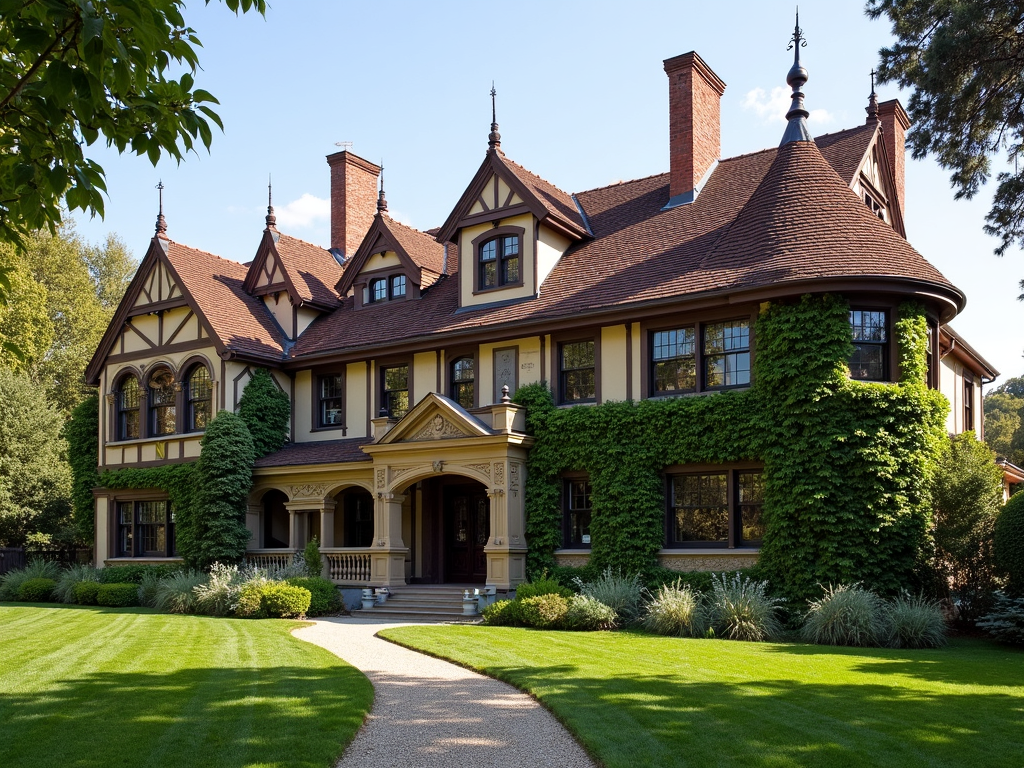
The story of Beringer Vineyards begins with two German immigrants, Jacob and Frederick Beringer, who left their homeland in search of new opportunities in America. In 1875, they purchased 215 acres of land in St. Helena, California, drawn by the region's resemblance to the wine-growing areas of Europe. With a vision to create wines that rivaled the finest European vintages, the brothers planted their first vines and began crafting their legacy. Jacob, with his expertise in winemaking, and Frederick, with his business acumen, laid the foundation for what would become one of the oldest continuously operating wineries in Napa Valley.
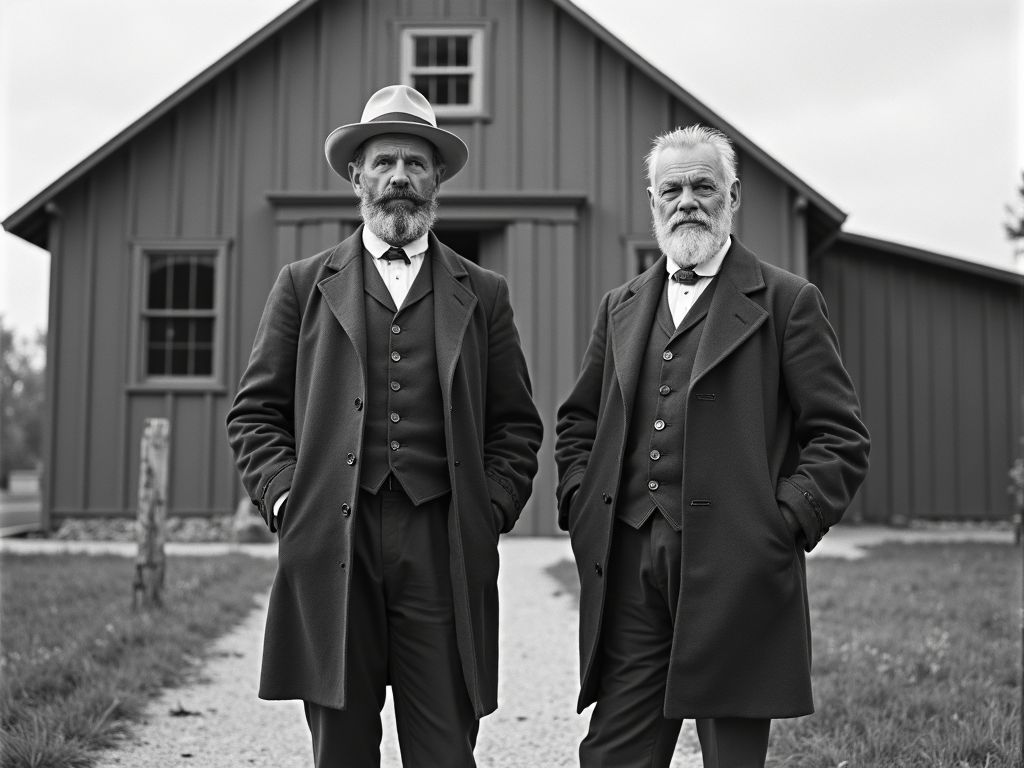
As Beringer Vineyards grew, so did its reputation for quality and innovation. One of the winery's most significant contributions to American winemaking was the use of hand-dug caves for aging wine. In 1883, Chinese laborers carved out a network of tunnels into the hillside, creating the perfect environment for storing and aging wine at a consistent temperature. These caves, still in use today, are a testament to Beringer's commitment to excellence and its embrace of both tradition and innovation.
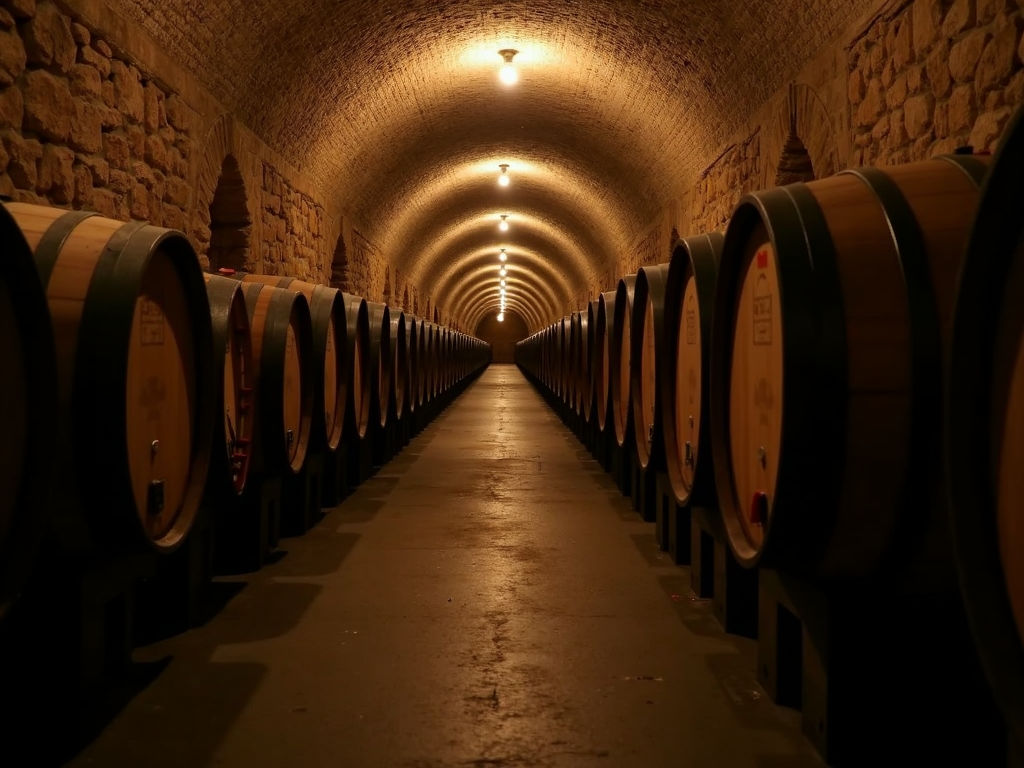
The 1920s brought a new challenge to Beringer Vineyards with the onset of Prohibition. While many wineries shuttered their doors, Beringer found a way to survive by producing sacramental wine for religious purposes. This strategic pivot not only kept the winery afloat but also allowed it to maintain its vineyards and winemaking expertise during a tumultuous time in American history. The sacramental wine labels from this era are a fascinating glimpse into Beringer's resilience and adaptability.
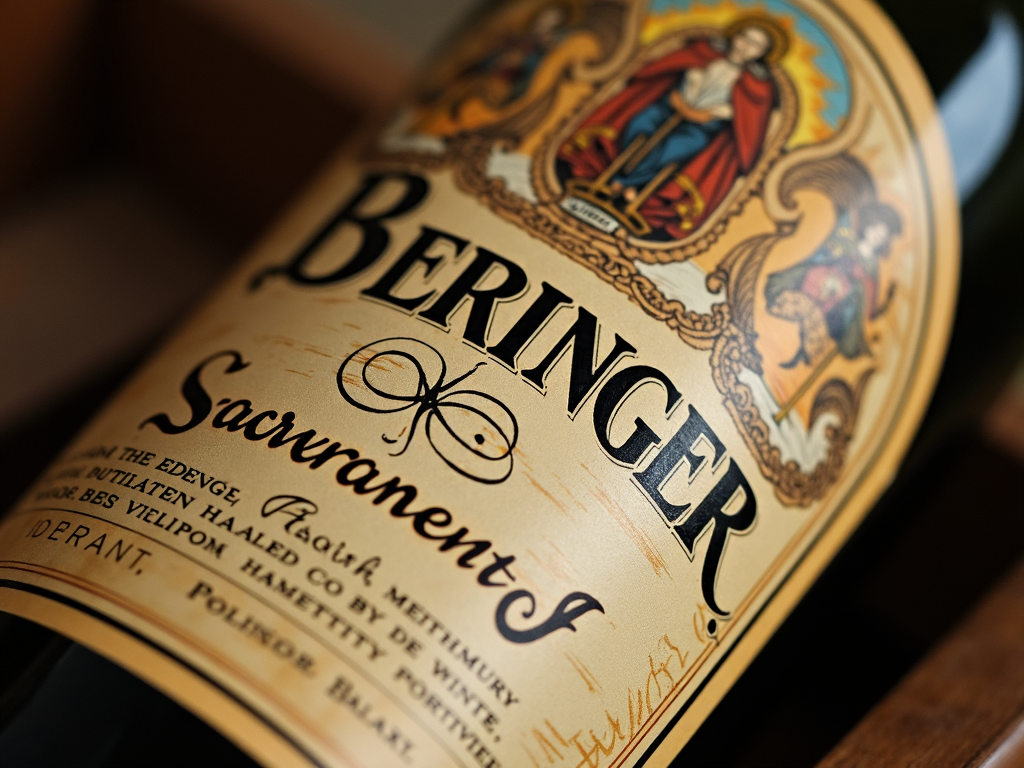
In the decades following Prohibition, Beringer Vineyards continued to evolve and expand. The winery was acquired by Nestlé in 1971, and later by Treasury Wine Estates in 2015, but it has always maintained its commitment to quality and tradition. Today, Beringer is known for its diverse portfolio of wines, from the approachable Main & Vine series to the prestigious Private Reserve collection. The winery's Merlot, in particular, has garnered acclaim for its rich, velvety texture and complex flavor profile.
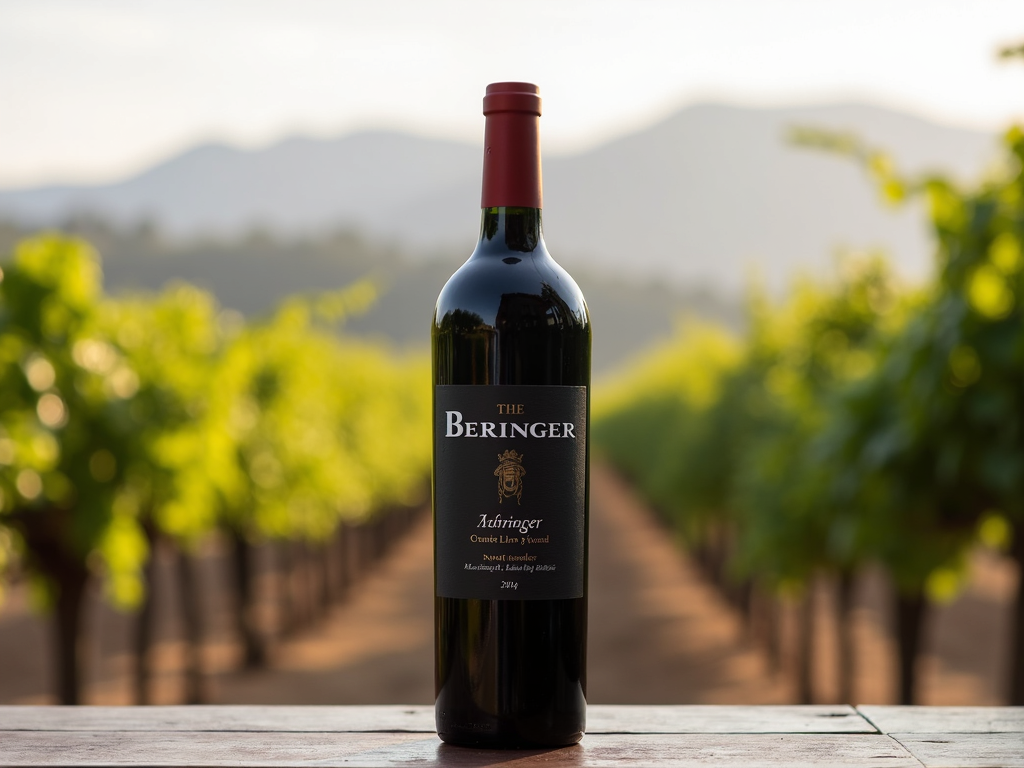
No discussion of Beringer Vineyards would be complete without a nod to its exceptional Merlot. As part of our Beringer Merlot tasting guide, we recommend starting with the Knights Valley Merlot, known for its notes of ripe plum, black cherry, and subtle spice. For a more indulgent experience, the Private Reserve Merlot offers a lush, full-bodied profile with hints of dark chocolate and vanilla. Whether you're a seasoned wine enthusiast or a curious newcomer, Beringer's Merlot is a must-try for anyone exploring the world of fine wines.
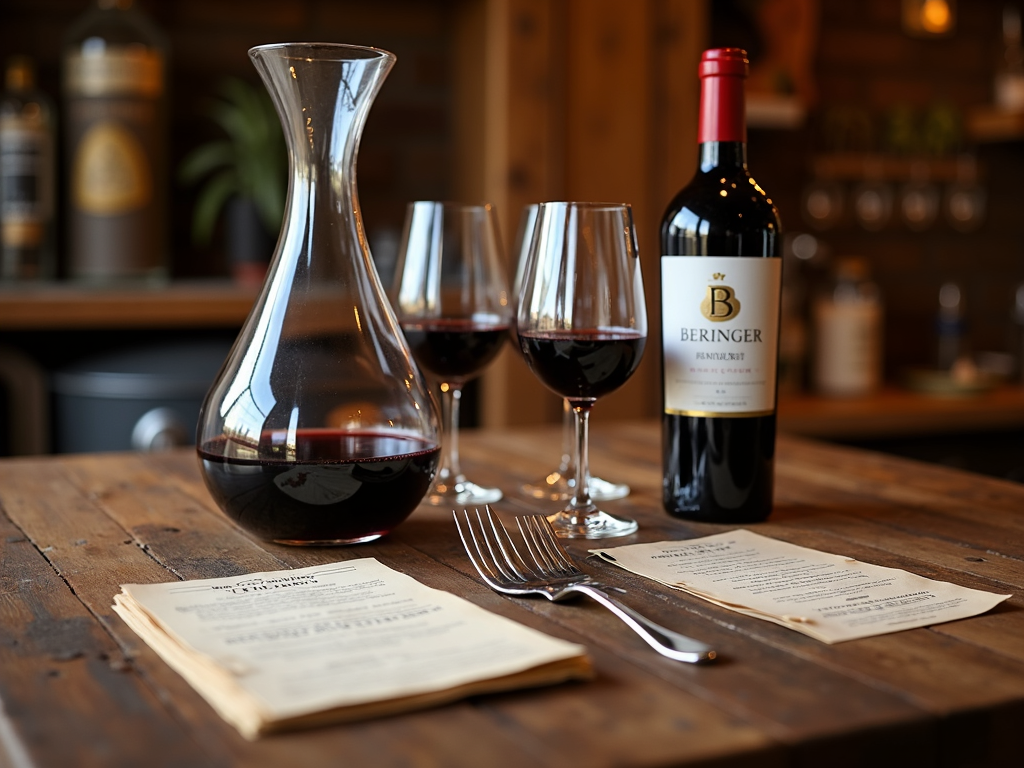
From its humble beginnings in the late 19th century to its status as a global wine brand, Beringer Vineyards has remained a beacon of excellence in American winemaking. Its rich history, commitment to innovation, and dedication to quality have earned it a place among the most respected wine brands in the world. Whether you're strolling through the historic Rhine House, exploring the ancient wine caves, or savoring a glass of Beringer Merlot, a visit to this iconic winery is a journey through time and taste. We invite you to experience the heritage and hospitality of Beringer Vineyards for yourself.